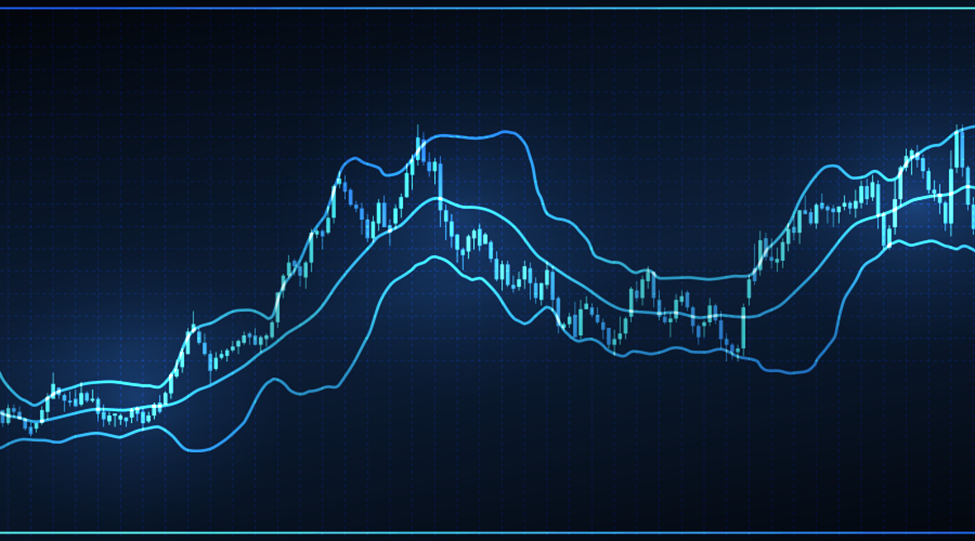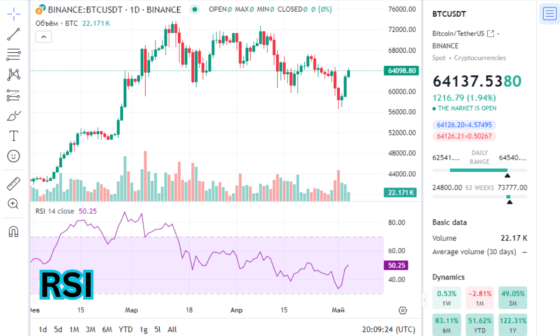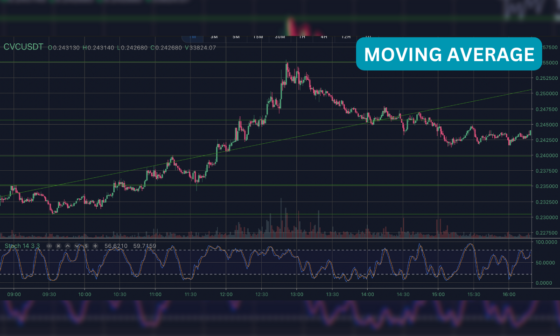The Central Pivot Range (CPR) indicator is a versatile technical analysis tool favored by intraday traders. CPR helps identify crucial price points and potential trading opportunities by analyzing a stock’s previous day high, low, and closing price.
What is the Central Pivot Range?
The Central Pivot Range (CPR) is a technical indicator that helps determine potential support and resistance levels in the market. It plots a set of horizontal lines on a trading chart, consisting of a central pivot point (PP), a top central pivot point (TC), and a bottom central pivot point (BC). These lines offer insights into potential price movement, indicating where a stock price might encounter support or resistance.
Understanding CPR Components
The Central Pivot Range (CPR) consists of three key components that help traders analyze market behavior. The central Pivot Point (PP) is calculated using the previous day’s high, low, and close prices, and it serves as the baseline for the indicator. Here are the key components:
- Pivot Point (PP): The central, foundational element of CPR.
- Top Central Pivot Point (TC): A resistance level above the pivot point.
- Bottom Central Pivot Point (BC): A support level below the pivot point.
How Does CPR Work?
The CPR indicator analyzes the previous day’s performance to project potential support and resistance areas for the current trading session.
When the current price breaches the CPR lines, it can suggest trend changes or significant price movements. Here’s how traders use CPR:
Trend Identification
If the price breaks above the TC line, it might indicate a bullish trend. Conversely, a break below the BC line could signify a bearish trend.
Buy/Sell Signals
Traders can look for buying opportunities when the price approaches the BC line and selling opportunities when it reaches the TC line.
Range Trading
Traders might initiate buy positions near the BC line and sell positions around the TC line within a sideways market.
CPR Indicator Formula
The pivot point, which is the foundation of CPR calculations, has the following formula:
Pivot Point (PP) = (High + Low + Close) / 3
Based on the pivot point, the other CPR components are calculated as follows:
Top Central Pivot Point (TC) = (Pivot Point – BC) + Pivot Point
Bottom Central Pivot Point (BC) = (High + Low) / 2
Calculating CPR Indicator
For calculating CPR indicator you need to do these steps:
- Gather previous day data: Obtain the previous day’s high, low, and closing price data for the stock you are analyzing.
- Calculate the Pivot Point: Use the formula (High + Low + Close)/3.
- Calculate the BC: Use the formula (High + Low)/2.
- Calculate the TC: Subtract the BC value from the Pivot Point, then double the Pivot Point and add the result.
- Plot the CPR: Visualize the calculated CPR levels (TC, PP, BC) as horizontal lines on your trading chart.
Key Uses of CPR in Intraday Trading
Here’s a breakdown of the key uses of CPR in intraday trading:
Virgin CPR
When a stock price tests a CPR level for the very first time, it’s known as a “Virgin CPR.”
These levels tend to hold strong significance for traders. A breakout above a Virgin TC line can signal the start of a strong bullish trend, while a break below the Virgin BC line may indicate a bearish move. These initial reactions offer traders potential entry points with strong momentum possibilities.
Trend Confirmation
CPR lines serve as excellent indicators of trend direction and strength. If the current market price breaks convincingly above the TC line, it confirms a bullish trend.
Intraday traders can look for buying opportunities in such a case. On the other hand, if the price dips below the BC line, it reinforces a bearish trend and provides potential short-selling opportunities.
CPR Breakout
When a stock price moves significantly beyond the TC or BC lines, it’s termed a CPR breakout. Breakouts signify increased volatility and potential for larger price movements in the direction of the breakout. Traders often look to capitalize on these breakouts, entering trades in the direction of the breakout for potential gains.
Trading Ranges
In a sideways market where the price is oscillatingbetween support and resistance, the CPR plays a crucial role. Traders can initiate buying positions when the price tests the BC support line and look to sell near the TC resistance line.
This strategy allows traders to profit from the range-bound price action within the CPR.
CPR limitations
While the CPR indicator offers several benefits in intraday trading, it’s important to understand its limitations:
- Primarily Based on Historical Data: CPR calculations rely heavily on the previous day’s high, low, and close prices. Sudden, unexpected market events or news can disrupt expected trends and render CPR signals less effective.
- Less Effective in Sideways Markets: CPR works best in markets with clear uptrends or downtrends. When the market is choppy or moving sideways, CPR signals can be inconsistent, offering less reliable indications of support and resistance.
- Not a Standalone Solution: Like most technical indicators, CPR should not be used in isolation. Traders get the best results by combining CPR analysis with other indicators, fundamental analysis, and an understanding of overall market sentiment.
- Subjectivity in Interpretation: While CPR provides a framework for identifying price levels, there can be some subjectivity in how traders interpret the lines. Some might view minor breaks of the TC or BC as significant, while others might wait for a stronger breach.
To mitigate these limitations, traders often use CPR in conjunction with the following techniques:
- Use with Other Indicators: Combine CPR with indicators like RSI, MACD, or moving averages for stronger confirmation signals.
- Observe Market Context: Be mindful of the overall trend and volume when interpreting CPR signals. A breakout with strong volume is more credible than one with low volume.
- Consider News and Events: Be aware of potential market-moving news or events that could invalidate CPR signals based on purely historical data.
Conclusion
The CPR indicator is a simple yet powerful tool that can aid intraday traders in making informed trading decisions.
By understanding the CPR components, calculations, and applications, traders can better analyze market trends, identify support and resistance levels, and potentially find profitable trading opportunities.
FAQs
<What time frame does CPR work best on?
CPR is designed primarily for intraday trading.
Can CPR be used with other indicators?
Yes, CPR is often combined with other technical indicators for stronger confirmation signals.
Does CPR work in all market conditions?
Like all indicators, CPR has limitations. It’s most effective in trending markets and can be less reliable in choppy or sideways conditions.




